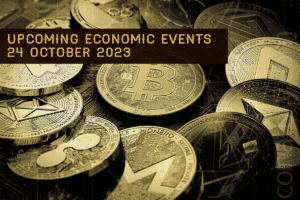In a time when technology’s rapid growth takes center stage, AI stands out both as a symbol of progress and a catalyst for economic inequality in the U.S. Over the last five years, there’s been a massive 266% uptick in AI use, pushing a team of economists to study its effects more closely. Using a detailed survey from 2018 that covered almost half a million companies, they provide a multi-faceted view of the country’s AI environment.
This research, shared through the National Bureau of Economic Research, breaks down the AI-driven economy, zeroing in on five core technologies: self-driving cars, machine learning, machine vision, natural language processing, and voice recognition. Back in 2018, less than 6% of companies used these innovations. However, the number soared among bigger companies, especially the giants with more than 5,000 staff members, where the usage rate climbed to over 18%.
Additional insights from a McKinsey report highlight the expanding reach of generative AI. A whopping 79% of those surveyed noted some interaction with this tech. But the AI boom isn’t equally distributed throughout the U.S., leading experts to coin the term ‘AI divide’.
The study’s writers voice worries about a possible ‘AI divide’ that might form across towns and regions. They point out that while many have started using AI, the inconsistent distribution could result in unequal economic growth. Tech epicenters like Silicon Valley in California are, as expected, big on AI. Yet, it’s intriguing to note significant AI adoption in cities like Nashville, San Antonio, Las Vegas, New Orleans, San Diego, Tampa, Riverside, Louisville, Columbus, Austin, and Atlanta too.
Kristina McElheran, one of the paper’s contributors and a strategy professor at the University of Toronto Scarborough, recognizes the upside of economic hubs for tech growth. She highlights how being geographically close can boost idea sharing among businesses and workers. However, the downside is if specific places consistently miss out or lean too much into one area, making them vulnerable to economic setbacks.
Drawing from her own life in Michigan, McElheran recalls the dramatic impact of a falling car-centric economy due to a steep drop in local car production. Her personal tale underlines the issues that come with such economic turns, especially the uphill battle of bouncing back from regional disparities.


 Read us in Google News
Read us in Google News



